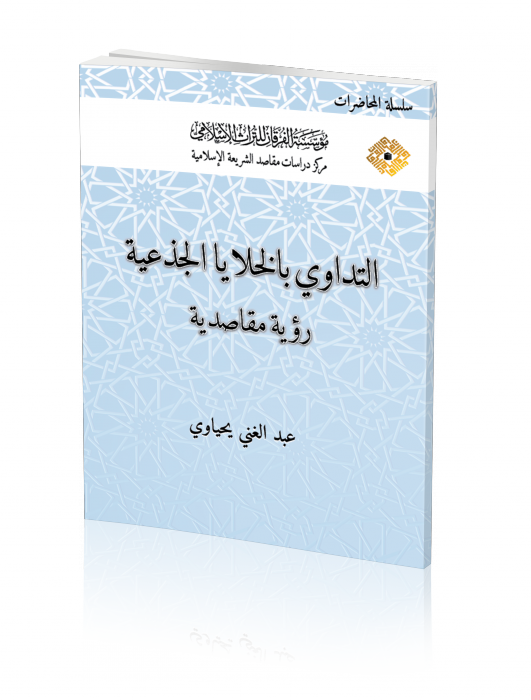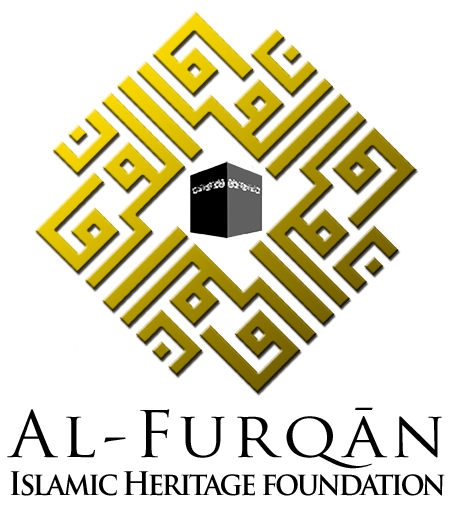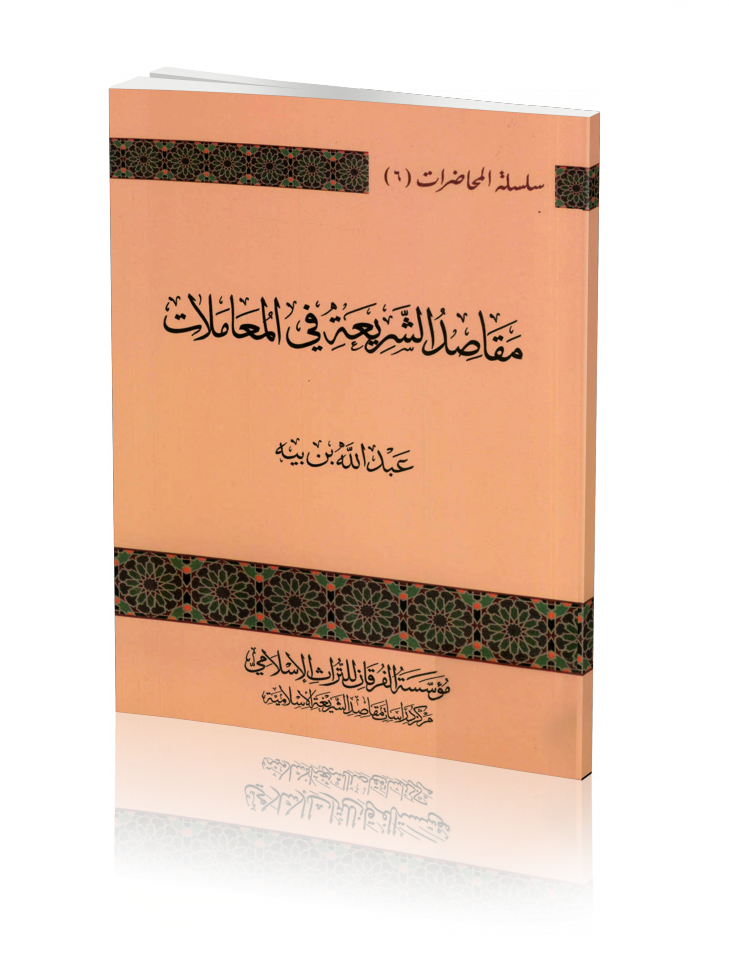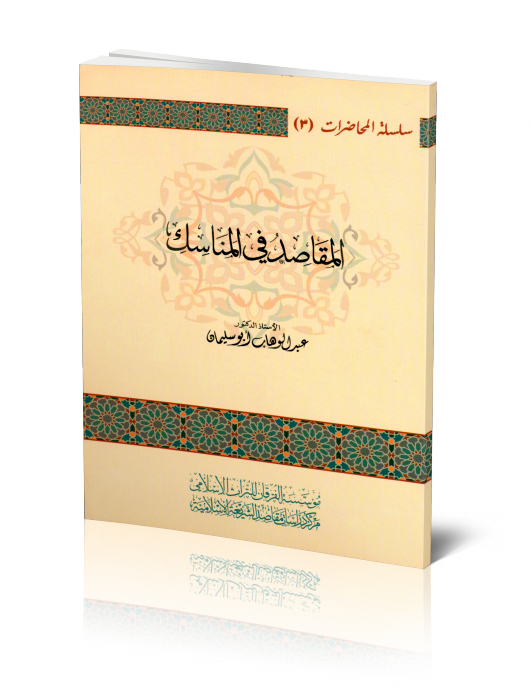This book presents a maqāṣid–based field study that acquires significant importance, in addressing a highly technical medical question in the domain of contemporary issues linked to the preservation of self, combating disease, and preventing illness. This is the issue of stem cell treatment, as a topical matter in this time of revolutionary medical advances and rapid pace of scientific discovery. Indeed, jurists and researchers are required to clarify the rulings on these new developments (nawāzil) according to the objectives (maqāṣid) and rules of Islamic law (Sharī‘ah). In the study of this new development, Dr Yahyawi, in his maqāṣid-based study, addresses a problem of wide scope relating to the question: what is the position on stem cell treatment from the perspective of Islamic law? It also raises secondary questions relating to the sources of extraction of stem cells, such as artificial fertilisation and embryo storage, as well as the rulings on cloning and abortion. Indeed, is it permissible to extract stem cells from these sources? What then is the ruling on stem cell extraction from the umbilical cord, placenta, and bone marrow, and their use in the treatment of disease? What are the benefits (maṣāliḥ) secured, and what harms (mafāsid) result, from these types of treatment?
 Shared Knowledge
Shared Knowledge


 The Use of Proofs of Islamic Law Between the cross-linking method and the deconstruction method
The Use of Proofs of Islamic Law Between the cross-linking method and the deconstruction method Purposes of the Islamic Financial Law
Purposes of the Islamic Financial Law Objectives of The Pilgrimage Rites
Objectives of The Pilgrimage Rites